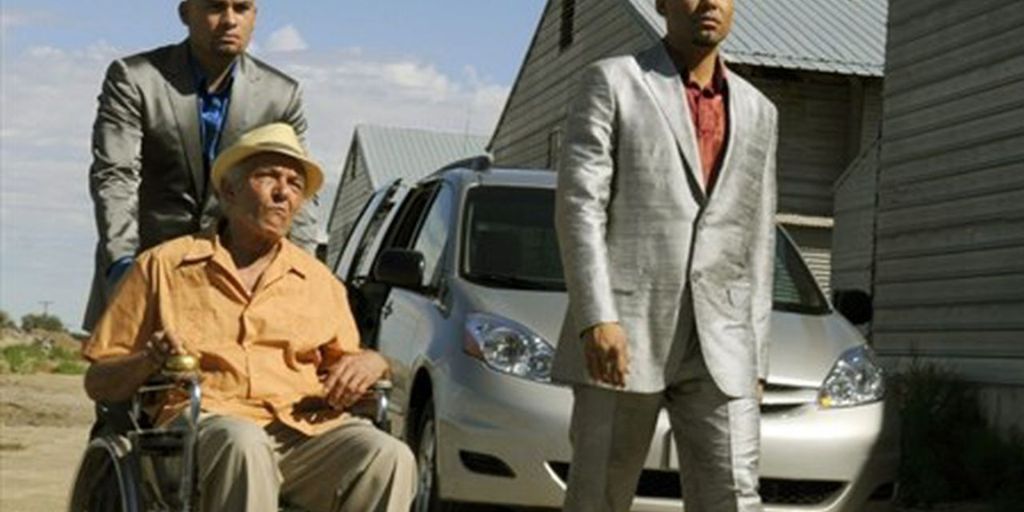One of the most startling scenes in Breaking Bad season 4 was the death of Gus Fring, yet there are still doubts about whether Gus’s passing was realistic. Gus Fring’s death scene from Breaking Bad raises doubts because of the instant he left after a pipe bomb detonated, obliterating half of his face.
Given the severity of his wounds, it does seem strange that Gus Fring did not die right away, even though he did eventually succumb to them. Although the finale of the terrifying Breaking Bad villain was undoubtedly shocking, some viewers felt that it didn’t quite fit in with the overall tone of the program.
Walt ultimately learned that Gus had replaced him because he was more concerned about his abilities. Walt had no alternative except to murder Gus, so he devised a scheme utilizing Hector Salamanca, the adversary of his competition. The way that Gus died in Breaking Bad certainly caught some viewers off guard.
Viewers immediately questioned whether Gus’s death on Breaking Bad was an implausible event in an otherwise well-grounded drama and whether someone could survive such injuries.
Was Gus Fring’s Death Realistic?
In Breaking Bad, Walt planted a pipe bomb, which Hector Salamanca detonated, killing Gus. Hector killed Gus with the pipe bomb he had smuggled with him in his wheelchair, although his death was not immediate.

Gus appeared unscathed as he left the room after the bomb in Hector’s care home went off, at least until his face was seen. Though it prolonged the moment, his last moments on Breaking Bad revealed Gus Fring’s passing. Viewers didn’t realize Gus’s face was blasted off until the camera shifted to his right side.
The side of his face was exposed, and his right eye socket was vacant. His right hand and shoulder were also covered with wounds. Gus was not quite done, though, as he was still able to tie his tie before passing away from his terrible wounds.
The Breaking Bad crew had to draw from a resource they didn’t frequently employ: visual effects, to depict Gus Fring’s death.
Even though Giancarlo Esposito’s practical prosthetic makeup appliances played a major role in Gus’ Breaking Bad doom, there was no practical way to create the effect they needed without using computer graphics to supplement the practical labor.
Gus’s face had CGI enhancement covering half of it, much like Two-Face’s appearance in The Dark Knight. Overall, the effect worked flawlessly and made Gus’s death scene from Breaking Bad something that fans will never, ever forget.
Since “Face Off” premiered, numerous medical experts have offered their insights regarding the Breaking Bad scene involving Gus’s death. This provides a hazy explanation for why he wasn’t slain right away. Gus most likely turned and attempted to move aside after hearing Hector’s bell and realizing the plan.
Gus Fring’s death in Breaking Bad may not have happened right away because the explosion wave just slightly hurt his right side rather than his essential organs. Gus had suffered severe facial and head injuries, but his skull was still whole.

As demonstrated by Mike Ehrmantraut’s Breaking Bad death scene, it is typical for persons who have experienced serious injuries and trauma to continue using motor skills like walking and talking. Gus was probably shocked after the explosion, which explains why he left the room with such composure.
The rush of adrenaline might have allowed him to move a few steps before his body failed him, and his body would not have realized how painful it was. The Gus Fring death sequence from Breaking Bad is plausible, if not entirely believable.





